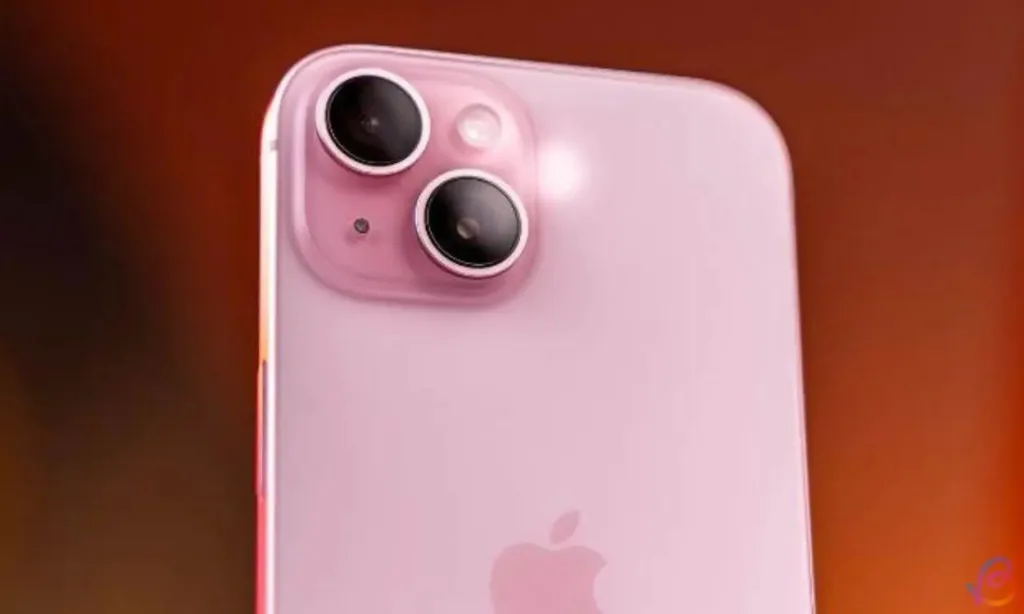
Apple has just announced a significant expansion to its repair program slated for this fall, introducing a groundbreaking inclusion of used parts. Yes, you heard that correctly. Come later this year, both customers and independent repair shops will have access to genuine Apple parts sourced from older iPhone models for repairing newer ones.
Until now, users faced limited options when their iPhones malfunctioned: either opt for a costly repair through Apple, risk third-party repairs with uncertain part authenticity, or resort to salvaging used parts from older devices, with no guarantee of performance parity with original components.
With this new repair policy, Apple is poised to enact a substantial shift.
Initially targeting owners of iPhone 15 or newer models, this initiative enables them to repair their devices using genuine, recycled parts such as batteries, screens, and cameras. Furthermore, Apple intends to expand this program in the future, allowing users to utilize older biometric sensors for features like Face ID and Touch ID in newer iPhones.
John Ternus, Apple’s senior vice president of Hardware Engineering, is optimistic about the environmental benefits of this new repair policy. By extending the lifespan of designed parts through reuse, Apple aims to contribute to a more sustainable approach to device maintenance.
Over the past two years, various teams at Apple have been dedicated to innovating product design and manufacturing processes to facilitate repairs using recycled Apple parts without compromising user safety, security, or privacy. With this latest expansion of our repair program, we are thrilled to offer even greater choice and convenience to our customers, all while contributing to the longevity of our products and their components.” – John Ternus
Apple, headquartered in Cupertino, will not directly supply used parts to repair shops or technicians. Instead, repairers will be able to incorporate pre-owned parts into the repair process after undergoing a “pairing” procedure. This step verifies whether the replacement part meets Apple’s standards for authenticity. Additionally, to uphold device integrity and safeguard user security, repaired iPhones will undergo calibration to ensure they meet original factory specifications.
In an effort to streamline the repair process, Apple is enhancing accessibility to parts through its Self-Service Repair Store. Moving forward, customers and service providers will no longer be required to furnish a device’s serial number when ordering parts for repairs that do not involve replacing the logic board.
While embracing the use of recycled parts, Apple is committed to preventing the unauthorized use of components from lost or stolen iPhones in the repair process. To address this concern, the Cupertino-based company is expanding its anti-theft feature, “Activation Lock.“
In response to customer and law enforcement requests, Apple will extend its widely used Activation Lock feature to iPhone parts to discourage the use of stolen iPhones for component harvesting. Originally introduced to curb iPhone theft by preventing reactivation of lost or stolen devices, this feature will now also apply to components. Should a device undergoing repair detect that a compatible part originated from a device with Activation Lock or Lost Mode enabled, calibration capabilities for that part will be restricted.” – Apple
In addition to enhancing security measures, Apple aims to provide transparency regarding the origin of parts used in its iPhones. Commencing this fall, a dedicated section within iOS Settings will indicate whether a component is new or recycled. Following a repair, users can navigate to “Parts and Service History” within Settings -> General -> About to access information detailing the components utilized in their device.
This new repair option will extend to forthcoming iPhone models, ensuring a consistent and sustainable approach to device maintenance.

0 Comments